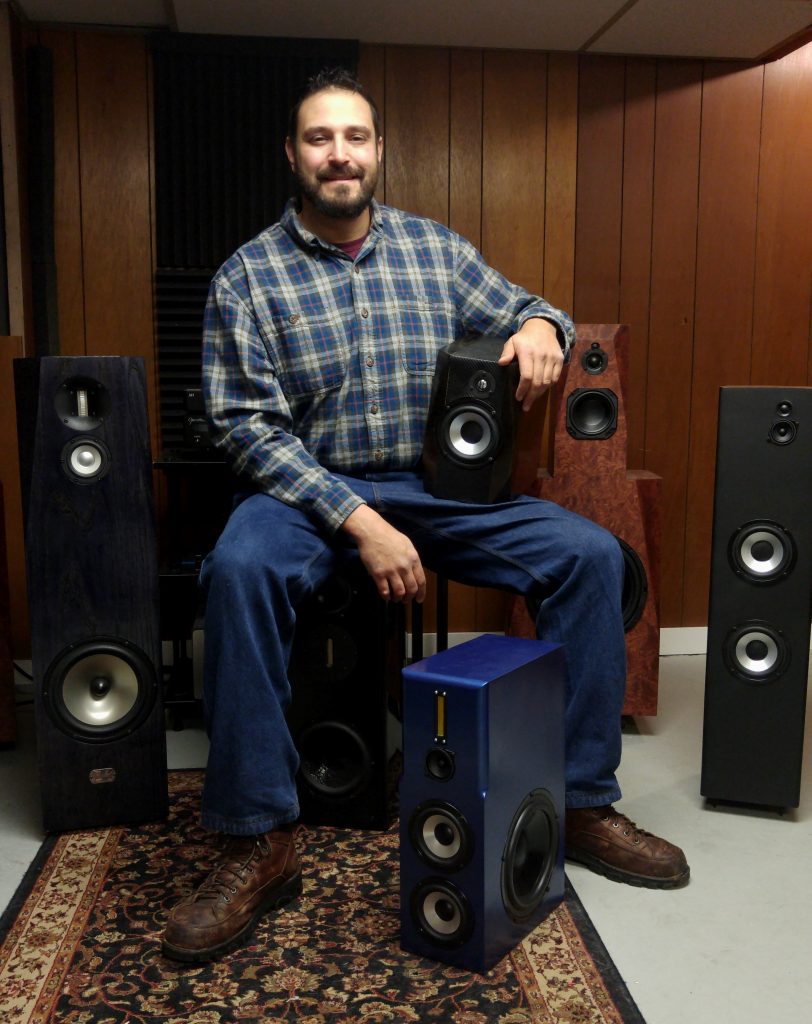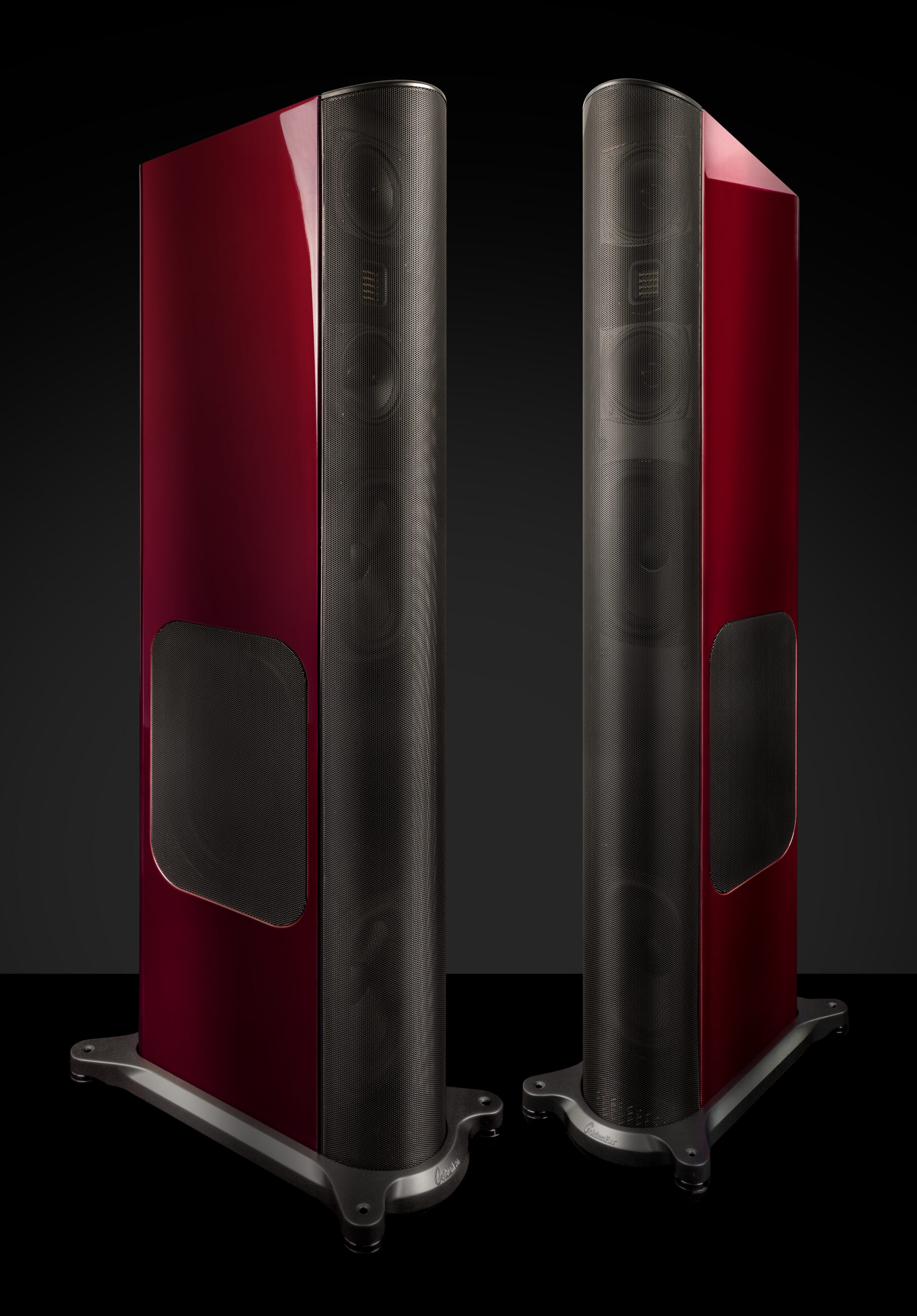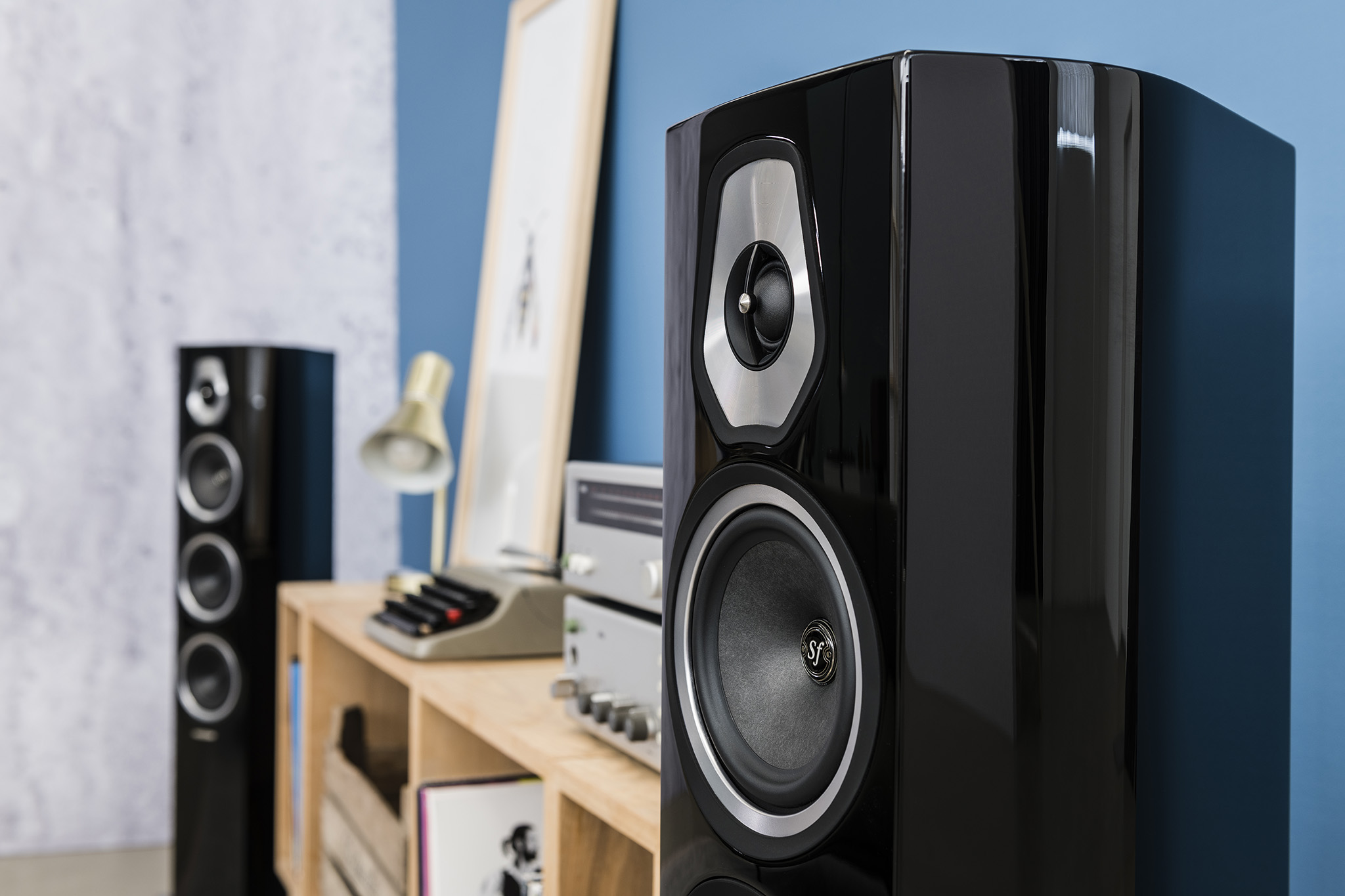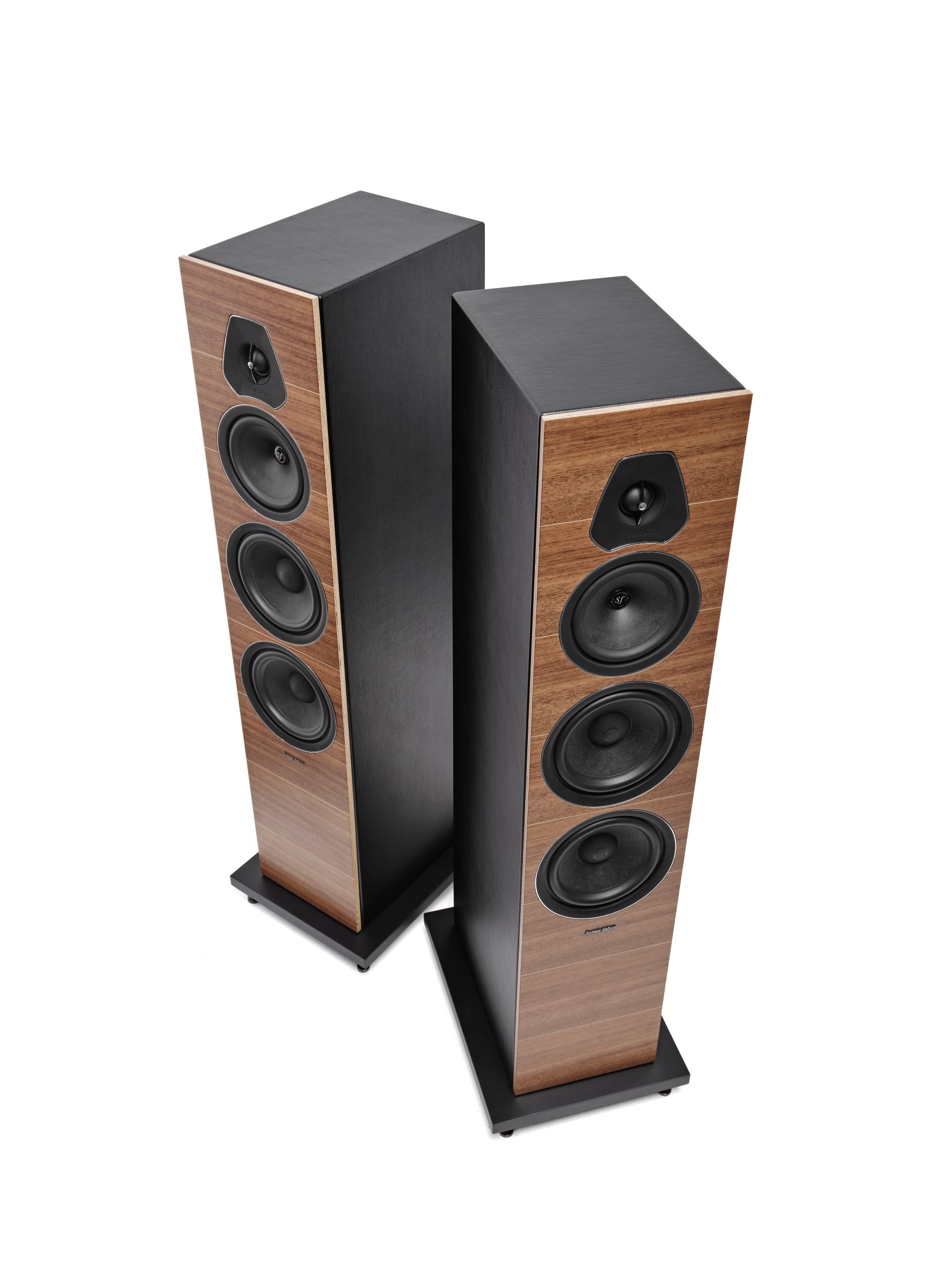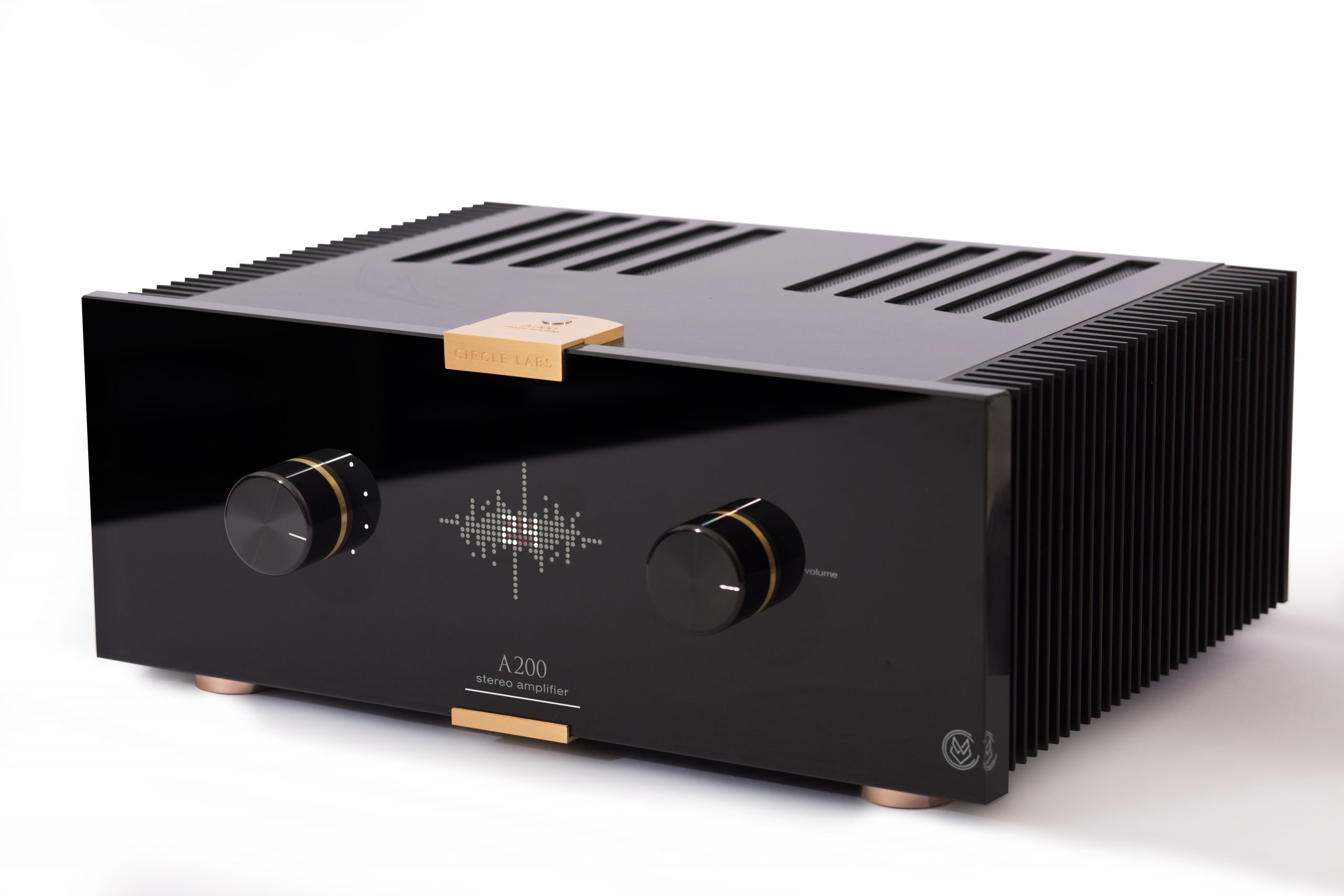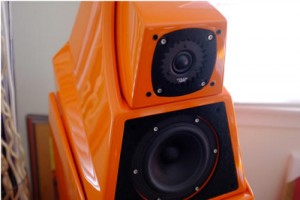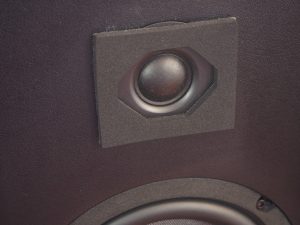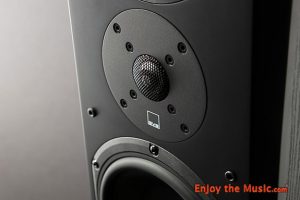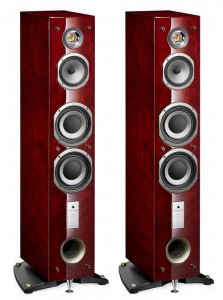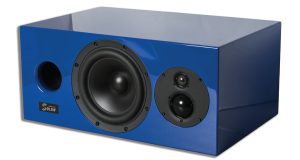In a discussion with Managing Editor Dave Clark in regards to what may be slated for review, it was noted that my loudspeakers may prove difficult for the readership to connect with since I design, build, test, and measure my own. Crossover design is a particular fascination of mine. Dave then challenged me to write a piece that could bridge the gap. This is personally exciting since it will provide a great opportunity to further connect with the Positive Feedback community and share a snapshot of the 25-year journey with the readership that will appreciate it most.
Throwing it on the Table
Let's face the truth from the get-go: loudspeakers remain the weakest link in any high-fidelity audio system. Loudspeakers are scandalously inefficient in acoustic terms, often have distortion that is magnitudes higher than components in the front-end, and can only be quantified by a set of measurements that do not tell the complete story of what is happening. These are the reasons that one loudspeaker with similar drivers can sound very different from another, even if their frequency measurements are nearly identical.
Yet all is not lost because there is a firm scientific basis for the engineering and design of a loudspeaker that acts as a guide to an acoustically pleasant result. Legendary loudspeaker designer Vance Dickason explains this best in the 7th edition of his Loudspeaker Design Cookbook.
Dickason provides a very useful discussion regarding the subjective effects of measurable diffraction (the sound reflecting off the baffle edges of the loudspeaker enclosure). This is a highly contested topic in loudspeaker design since the aberrations that appear in the measurements can be significant, yet the evidence of baffle diffraction's subjective effect is weak. There are times when this effect may be audible, but not really harmful to the overall fidelity of a loudspeaker.
Dickason concludes with one of the more important statements that describes loudspeaker design. This statement has become a personal mantra for me as I go through the design process: "Ultimately, it is an eclectic combination of driver timbre, driver placement, sharp or beveled edges, crossover and low-frequency design, the degree of baffle (cabinet) damping, and the room interface that describe the subjective experience."
In his book Sound Reproduction , Loudspeakers and Rooms, Floyd Toole (who has held such positions as Senior Research Officer at the National Research Council of Canada, and VP Acoustical Engineering for Harmon International) uses a quote from Einstein to describe the relationship between what we can measure and engineer, and what we subjectively hear: "Not everything that can be counted counts, and not everything that counts can be counted." Toole then continues for 525 more pages on the topic of using study groups, measurements, and science to correlate the factors that create a subjectively enjoyable loudspeaker that preserves the integrity of the sound and message of the artist.
As quickly as possible we will move on, because this topic is becoming as confusing a train wreck as Madonna's tribute to Aretha Franklin. These are, however, the primary concepts behind loudspeaker design that are rarely discussed. Like a loudspeaker itself, these concepts look fairly simple to the eye, yet many great people have dedicated their life's work to unraveling them and humbly stand by the fact that we have a long way to go. In this there is much inspiration to be had and work that can be done.
Sorting the Wheat from the Chaff
There seem to be extremes in approach in loudspeaker design. The first extreme demands strict measurable, scientific principle seemingly on the premise that our ears cannot be trusted, and bloody hell, loudspeaker design is only a mash-up of a few engineering disciplines anyway! This extreme will always yield a good loudspeaker, but rarely a great one. With the measurement tools available today at a very affordable level, many succumb to the formula: flat on axis frequency response + low THD + good "phase tracking" (the acoustic phase aligning between drivers through the range of the crossover) + an "easy" to drive electrical impedance = a high performance loudspeaker.
If it were this easy, we would have reached the optimum loudspeaker for all by now. What is ignored by these sultans of science is often extremely detrimental, much of which can be perceived, which is not easily measured. Such phenomena can only be brought to light by a combination of measurable factors, or observable during complex operation (that is playing music rather than test tones).
Design driven solely by theory risks that factors such as the effect of voice coil heating, crossover design with regard to early early break-up modes in the drivers (which do not always appear in the measurements), top-end acoustic power response, step response, and group delay in resonant bass alignments (among others) will be left out of the equation. In many cases these very smart and well-educated people cannot grasp the concept that loudspeaker design is usually a matter of, "When you squeeze it here, it bulges there." In other words, nearly all factors in loudspeaker design are inextricably intertwined. If you change one parameter, you must be on guard against unintended consequences elsewhere. Sometimes, there is positive synergy, and that is what we all hope for (but have no reason to expect).
The foremost example of this is bass response, which follows Hoffman's Iron Law. There are essentially three characteristics to bass response. It can be loud, it can be deep, and it can come from a small package. Hoffman's Iron Law says it is only possible to have two of those three elements in whole, otherwise making design decisions is always a matter of choosing the best balance of the three. "To get this, you have to give up that" is a fundamental truth not only of loudspeaker design, but for all engineering—even if "all" you are giving up is convenience or affordability.
The other extreme is what I call the Audio Mystics. They are beyond Subjective; they are Mystical! They trumpet that exotic measures and arcane principles found only by them are the only way to loudspeaker paradise. Again, this can be found in both the professional and DIY worlds and includes some very smart individuals. Concepts such as cabinets vibrating at certain resonances to match the acoustics of instruments, esoteric single full-range driver systems, the use of ultra-exotic (and often extremely expensive) parts that impart a specific sonic characteristic to the sound, and pseudo-scientific claims that have no third-party confirmation, dominate these loudspeaker designs.
Sometimes Mystical Loudspeaker Design actually works; because in the end, all that matters is what we hear. Sometimes these designers do get it very right, simply mis-attributing why their work is truly wonderful. Loudspeakers birthed from this alternative can be extremely engaging because, like it or not, our ears are extremely forgiving regardless of whatever precious metal they are forged in. More often than not however, anyone with experience in deep musical enjoyment through a well thought out and designed system from front-end to loudspeaker can hear the issues in this design philosophy a few seconds into the first track.
In the middle seems to be a more virtuous path: an understanding that there is no way to beat the laws of physics; that most of a loudspeaker's performance can be explained mathematically; and that the deep history of the science makes a loudspeaker's performance highly quantifiable in an objective manner. Yet this science is leveraged with the understanding that we are human, and loudspeakers have to interface with us directly. We can see extremely fine and variegated measurements from a microphone at a single point in space and time, yet we hear bi-aurally with sensitivity to the mid-bands, with an instinctual acuteness to sharp changes in dynamic range, and we detect errors in frequency response only in broad ranges (and this is especially the case with soft increases or decreases in magnitude).
Finally, loudspeaker design primarily operates by measuring sine waves. Sine waves are pure and predictable, but lack much of what the actual complex waveform we listen to possesses. A sine wave has no bandwidth, a defined waveform, does not interact with itself, and has a fixed peak-to-mean ratio (dynamic range). In other words, a sine wave is the polar opposite of the musical waveforms loudspeakers have to reproduce. It becomes humbling and helps to open a designer's mind when it is accepted that much is understood about loudspeaker design already and the rabbit hole must be explored deeply and completely. As Issac Newton put it: "We stand on the shoulders of giants." What is unlocked when studying loudspeaker design is the hunger for knowledge, practice to turn it into wisdom, and a design approach that considers what the loudspeaker will do as it interacts from amplifier to listener in service of the music.
Inspiration from the Outside
The loudspeakers in question have silenced a room full of people from devout music lovers to children. They have brought many to tears, goose pimples, and have made industry professionals set into their seat. However there are many loudspeakers that have inspired these very feelings long before this journey even began, and many that seem to pop-up that continue to inspire! Once asked, "When do you think you will even be done building loudspeakers? Don't you have enough of them?!" The only sane answer that could be mustered was, "When it can be firmly said there is no way to possibly better execute a loudspeaker design."
In the interest of keeping this a light read, it may be a little mundane to list every loudspeaker or discuss every company that has inspired the loudspeakers in question. Instead, here is a thank-you to some key players over the years that have inspired, and most importantly, educated as to what a loudspeaker should perform like. This handful of companies seem to have the engineering and musical chops to create loudspeakers that are in a category of their own, well above the fray. My experience with these companies' products extends beyond a demo room at an audio show, or a couple of hours in a HIFI shop as it seems there are many loudspeakers out there that make for a wonderful demonstration, however fall short long-term.
The greatest inspiration for what the end product of a no-compromise home audio loudspeaker presents is Vivid Audio (https://www.vividaudio.com/).
For the importance of time-alignment and preservation of real dynamics, Wilson Audio (https://www.wilsonaudio.com/).
When it comes to technical execution and consideration of fine details Wilson Benesch (http://wilson-benesch.com/) and Tidal (http://www.tidal-audio.com/).
ProAc was an early inspiration, and continues to prove what excellence in crossover/driver integration can provide (https://www.proac-loudspeakers.com/).
For the perfect blend of "classic British" sound and advanced technology Harbeth is pretty hard to beat (https://www.harbeth.co.uk/).
Honorable mention goes to Spendor, PSB, Quad, KEF, ATC, Tekton Design, and the DIY Loudspeaker Community.
Many historical loudspeakers have also inspired, such as the BBC/Sterling broadcast monitor LS3/5A, early Radio Shack models, Acoustic Research models, PSB Stratus Gold i, and the Spica TC-50. Some heavy hitters are missing in the extremely short list and rest assured there is no need to have a bee in your bonnet if a preferred brand was not mentioned! These are the most notable of the notable from experience and by no means represent the full spectrum of great loudspeakers or what is out there hiding in some corner (or in plain sight) that remains to be experienced.
Putting it All Together
All that matters for any component in any system is what is heard. Any loudspeaker you see as part of one of my reviews will confidently hold water with just about any loudspeaker in a HIFI shop in a similar form/fit/function. Any budget-continuous design used for evaluation is noted, however any serious listening and evaluation is done with a high resolution, low distortion design quantified by measurements and vetted by many trusted ears. Having multiple loudspeakers that are a known quantity is an advantage for evaluation when seeing how different amplification responds to different loading, and determining if a source is high resolution by a dramatic opening up of the sound when stepping from a budget loudspeaker to a high fidelity model.
Using another's description for the sonic character of the loudspeakers that should be better understood by now is: "High resolution with a gigantic soundstage while preserving a non-fatiguing nature and a neutral timbre with perhaps touch of warmth." This seems to sum it up the best, and has been a great formula for preserving the artist's message from rap to classical as represented by the human reaction of listeners.
Time to return to the loudspeaker journey since there is still a lot to be done! In the meantime I hope this peek into one loudspeaker designer's work has helped the Positive Feedback community better understand and connect with reviews from the past and those to come for the sake of the art, in service of the music.




